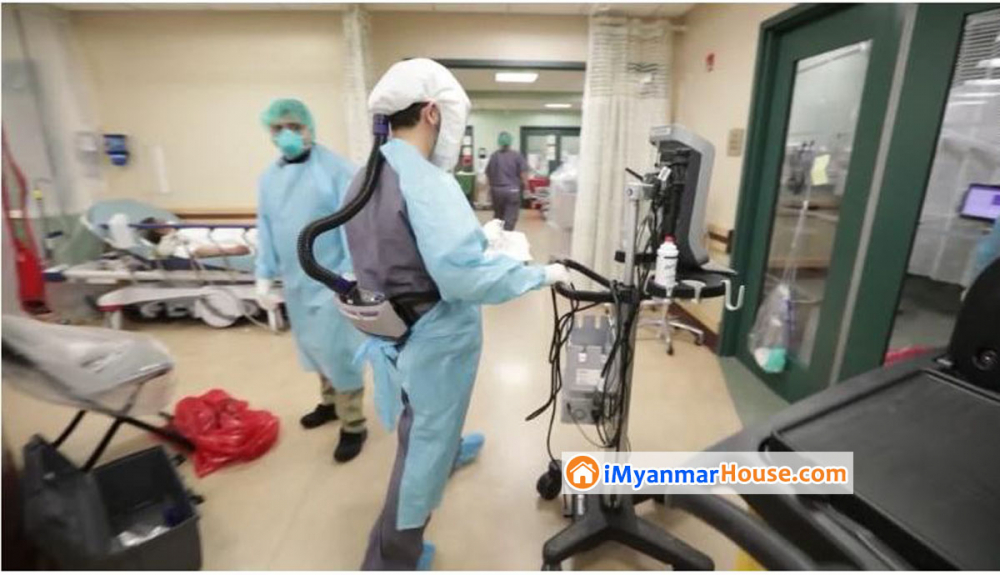There is a downside to placing ventilated coronavirus patients on their stomachs.
Ventilated patients require more sedation when they're on their stomachs, which could mean a longer stay in the ICU. At Mass General, about a third of coronavirus patients on ventilators get placed on their stomachs, usually the ones who are sickest and have the most to gain from being in that position.
Some hospitals are also placing coronavirus patients who are not in the intensive care unit on their stomachs.
At Mass General, a "proning team" of nurses visits patients outside the ICU to encourage them to turn onto their stomachs. Since it might be uncomfortable for a non-sedated patient to spend 16 hours on their stomachs, the nurses try to get them to spend at least four hours on the stomachs, split into two sessions.
"Most are willing to give it a try," Hibbert said. "How long they stay in that position really varies from person to person, whether they're comfortable falling asleep in that position, or if they get bored and want to turn over to their backs."
The 2013 French study looked only at patients who were on ventilators, so it's not entirely clear what effecting the stomach position has for patients who are not as severely ill.
At Rush University Medical Center, they're studying whether the stomach position is helpful for patients who are not so sick that they need a ventilator to breathe for them, but sick enough that they need supplemental oxygen delivered through a tube in their nose.
In their
clinical trial, patients are being randomly assigned to be on their stomachs or backs, according to David Vines, chair of the cardiopulmonary sciences department at Rush.
"We'll see if proning helps, and if so, how long should they be in the prone position," Vines said.










